A Cultural Show in Sri Lanka
Kandy, Sri Lanka’s second largest city is home to a Sinhalese cultural tradition of which Sri Lankans are justifiably proud. Rich in colour and agile in their movements, the Kandyan dancers evoke images of pageantry and past traditions. Lively and exuberant, spellbinding and hypnotic, a cultural show is a spectacle to remember with its nimble dancers, energetic drummers and fireproof firewalkers.
Kandyan dance, or Udarata Natum, is the classical dance form of Sri Lanka, and one of the country’s most powerful and revered artistic traditions. Originating from the central hill region of Kandy, it is a dynamic and ritualistic art form that has been preserved and refined over centuries.
History and Origins
The roots of Kandyan dance are deeply intertwined with ancient rituals and folklore. The most prominent origin story traces it back to a purification ritual known as the Kohomba Kankariya, which was performed to cure a king from a mysterious illness. It was originally performed only by male dancers from a specific caste and was considered a sacred and non-secular practice.
The dance was closely associated with the Temple of the Tooth in Kandy, and for centuries, it played a significant role in religious ceremonies, most notably the annual Dalada Perahera (Procession of the Sacred Tooth Relic), where it continues to be a central attraction. The dance waned in popularity during the British colonial period but has been revived and adapted for the modern stage, becoming a key symbol of Sri Lankan culture.
Styles and Movements
Kandyan dance is characterized by its powerful footwork, vigorous leaps, whirls, and acrobatic movements. Unlike many other classical dance forms, it is primarily a masculine and energetic style of dance, although women now also train and perform. The movements are a beautiful blend of grace and raw power, often inspired by nature and animal movements.
There are several distinct types of Kandyan dance, each with its own purpose and style:
- Ves Dance: This is the most popular and iconic form. The name refers to the elaborate and sacred headgear worn by the male dancers, which is believed to belong to the deity Kohomba. This dance is typically the first to be performed by a male dancer after years of rigorous training.
- Naiyandi Dance: A more graceful dance performed during the initial preparations of festivals and rituals, often with a simpler costume.
- Vannam: This is a genre of dances that tells a story or describes an animal’s movements, such as the elephant (Gajaga Vannama), peacock (Mayura Vannama), or cobra (Naga Vannama). Each vannam is a unique poetic and dance composition.
- Pantheru Dance: This dance features a special instrument called the pantheruwa, a small brass tambourine without a skin, which the dancers expertly twirl and manipulate.
Costume and Music
The visual spectacle of Kandyan dance is heightened by the elaborate and symbolic costumes. The most famous is the Ves costume, worn by the male dancers. It is a stunning ensemble of 64 ornaments, including a large, metallic, conical headdress, intricate beaded net covering the chest, and silver chains, bracelets, and anklets. The entire costume is said to symbolize the rays of the sun, and the headdress is considered sacred.
The dance is traditionally performed to the rhythm of percussion instruments only. The most important drum is the Geta Beraya, a double-headed drum played with the hands, which provides a complex and dynamic beat. This is often accompanied by a small pair of cymbals called the Thalampota to help the dancer maintain the intricate rhythm. The drummers often sing verses (kavi) in tune with the dance movements, adding another layer of artistry to the performance.
Today, Kandyan dance is a national treasure and a vibrant cultural export, performed at a wide range of events from religious processions and state ceremonies to weddings and tourist shows, captivating audiences with its powerful rhythms, stunning costumes, and deep-rooted traditions.
Local Hotels
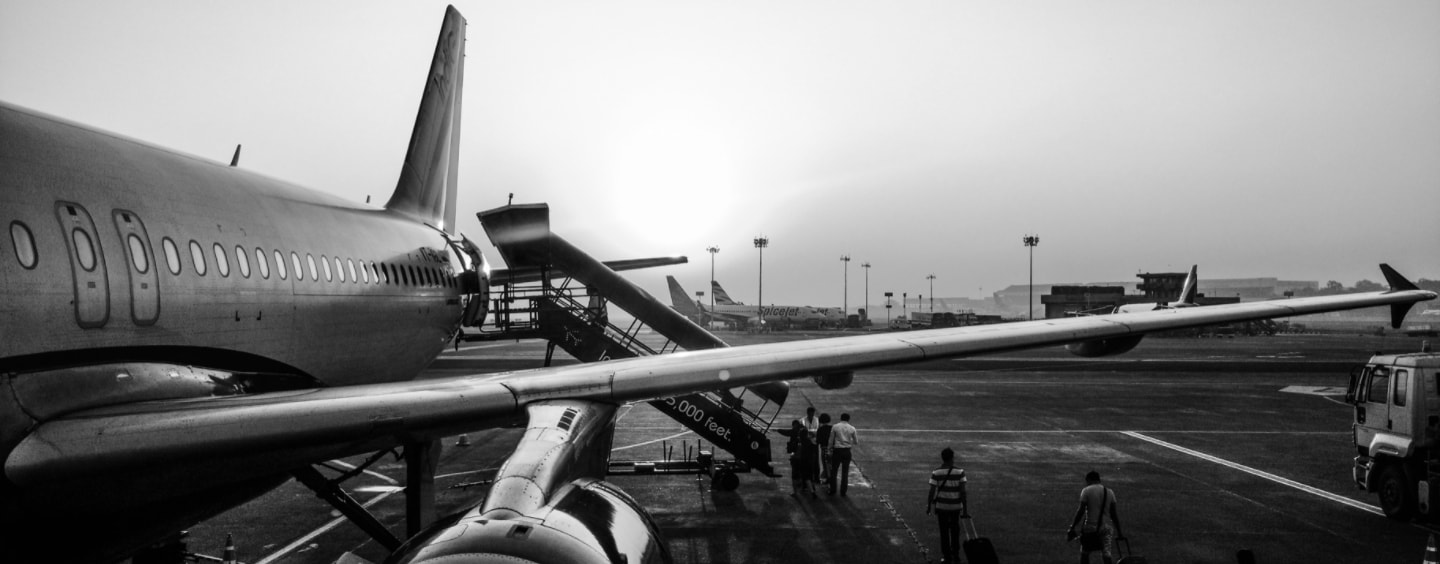
Unsure Where To Start?
Let’s talk about your Earth Trip


Our travel specialists are seasoned explorers with deep local insights. Whether it’s uncovering hidden gems or planning immersive cultural experiences, we design trips that go beyond the ordinary. Get in touch today!
Request A Video MeetingOther Popular Experiences











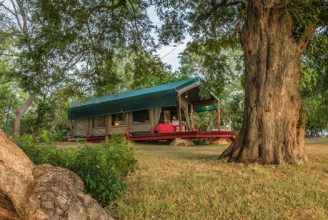


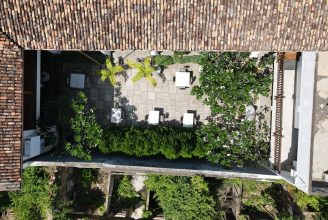
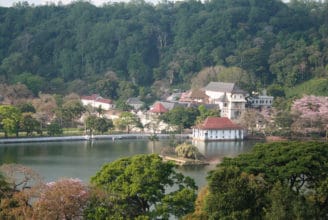
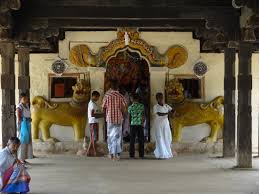

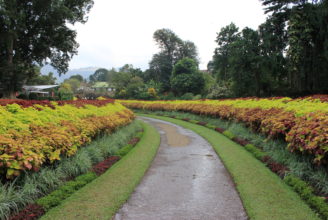
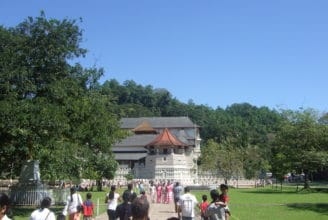
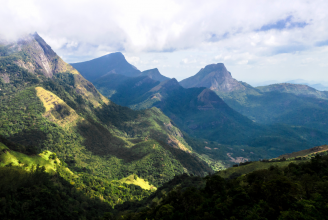
 Kandyan Dance
Kandyan Dance